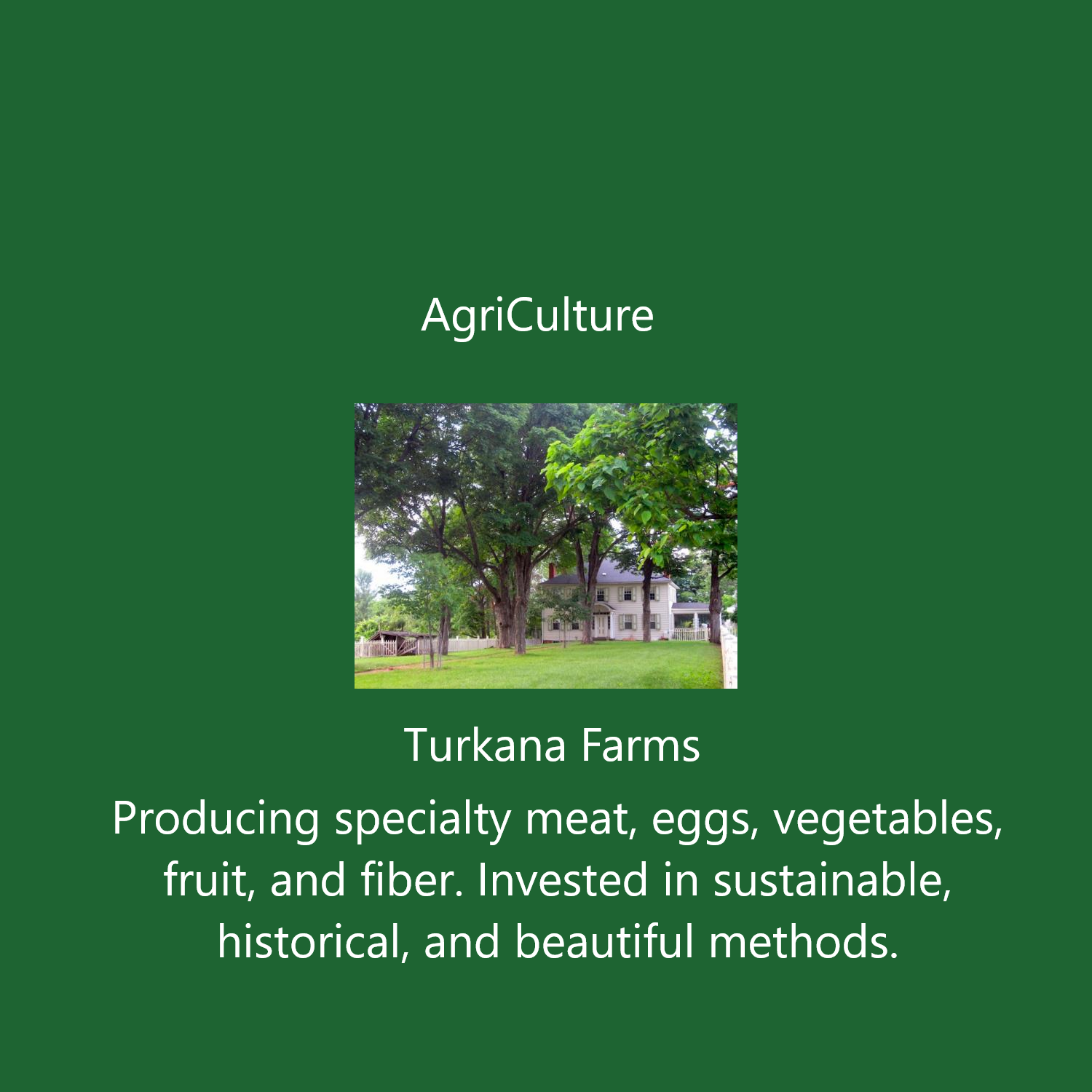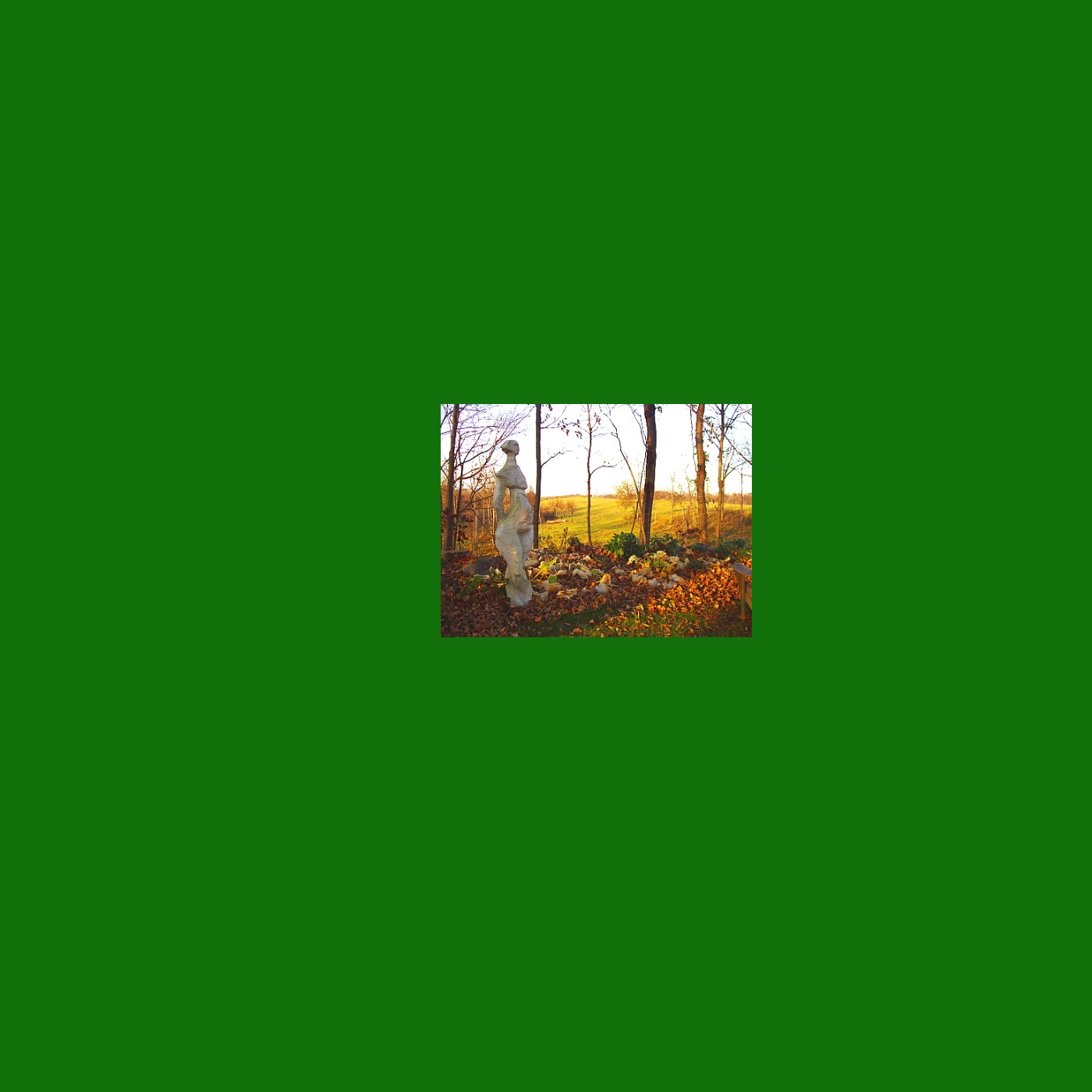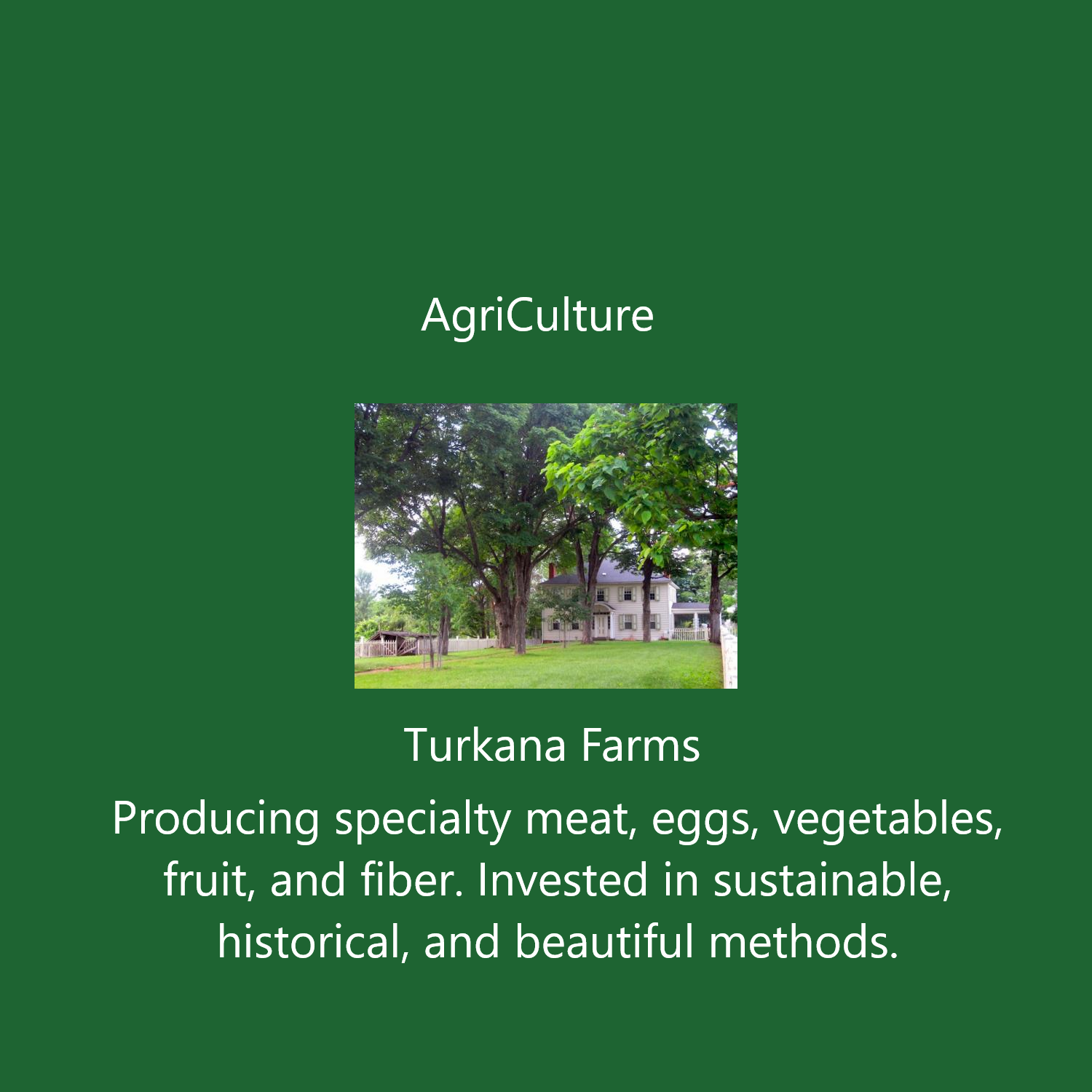Last week I announced that the long overdue painting of the barn was about to take place. I am pleased to announce this week that it actually did take place, a group effort captained by "Macho Matt," who told the painting crew (me, Eric and Paul) when and what to paint. Eric and I finished the last of the unpainted surfaces at 7 p.m. Friday, stretching out the last ounces of paint, as Tom arrived for dinner. Et voila.
The project took major parts of six days, as we all juggled painting with our office work responsibilities, painting largely before (at least in Matt's case) and after (for the rest of us) normal office hours. Thank God for the long daylight of early June and the moderate temperatures we enjoyed.
Matt was a very particular taskmaster, wanting to make sure we were always painting on the shady side of the building and reserving to himself the high wire tasks requiring going to the top of the extended extension ladder. My younger compatriots have decided that at my age I should either be monitored or preferably entirely forbidden from high ladder work. While I'm relatively comfortable at the height of the second story windows on the house, anything higher than that makes me quite insecure, and the eaves of the barn peaks on the east and west facade are considerably higher. Matt, a former volunteer firefighter, seemed unphased by the height. Retirement from high ladder work is one prerogative of age I am not shy about taking advantage of.
The process was not without mishaps. Sliding some doors that had not been moved in months dislodged sparrows' nests, making casualties of the fledglings inside. Less regretful was the dislodging of several mouse nests (who knew they'd nest up there?). On Thursday evening the sheep, who were intermittently curious about what was being done to their house, pushed their way through a slightly opened door to the hay storage room, from where we had been staging the painting, and knocked over a full open can of paint.
But the job got done and I'm quite pleased with the results. Not that I disliked the way the barn looked before the painting. The weathered gray aspect of the bare boards had a distinct, natural charm. To look at the barn from the sweep of the pasture evoked in my mind landscape paintings of desolate, near abandoned islands off the coast of Maine. But I'm not sure "run down" is a look I should aspire to, especially as grooming and maintenance of the grounds are not my strong suits. Also, I realized that people paint barns more to protect the wood than as an aesthetic imperative, and that I've increased the useful life of the barn considerably by providing it with that measure of protection.
But why did I paint the barn red? Why, among all the colors I could choose, did I pick the most mundane and predictable palette? If the social structure of the farm is so innovative, shouldn't I have picked a more daring and stimulating hue? Why not the stripes of the rainbow flag to rub my MAGA neighbors' noses in my presence among them? Or at least deep blue and gold, in solidarity with Ukraine? When I polled all of you last year, there was a fairly even divide between traditional red and a host of other suggestions. Yet I landed on a "Sweet Rosy Brown" stain with a light green trim to echo the trim on my house.
There are numerous articles on line discussing the historic reasons for painting barns red. Very few cite actual historical sources, so I have a fair degree of suspicion about the accuracy of the theories. Some of the propositions seemed incredibly unlikely. Did we really adopt this practice from the Swedes, who had some sort of fetish about making their wooden buildings look like more expensive brick structures? If we were really intent on that end, wouldn't we have painted our houses red too? Did the practice really stem from a rich farmer who was looking for a use for the blood of his many slaughtered cattle? These stories don't ring true to me.
More credible to me were the suggestions that the rust (iron oxide) used to create the reddish brown pigment in paint is incredibly plentiful in the environment, which makes red paint comparatively cheap, and that the chemical composition of iron oxide has anti-fungal properties which help protect the wood of the barn from rotting.
Neither of these considerations, however, were factors in my paint choice. I think I was instead motivated by my increasing tendency, as I age in a volatile world, to value tradition for its own sake. With stability comes security. I want borders respected, elections honored, social interactions conducted according to a predictable code, preferably one I was taught in childhood. I want principles we can all agree on, such as that picket fences are white and barns are red. Think of this paint job as my contribution to world order.
WHAT'S AVAILABLE THIS WEEK:
EGGS: $5/doz Plentiful
Mint, $1/bunch Fresh horseradish root: $4/lb. Garlic chives (flat leafed): $1/bunch Rhubarb $4/lb Sorrel $3/bag Fava beans are flowering, should be ready in about 2 weeks
LAMB COMING: Lamb is ready. If those of you who ordered want to pick up this week, let me know what dates.
FARM PICKUPS:
Email us your order at [email protected], and let us know when you'd like to pick up your order. It will be put out for you on the side screened porch of the farmhouse (110 Lasher Ave., Germantown) in a bag. You can leave cash or a check in the now famous pineapple on the porch table. Because I'm now here full time, we're abandoning regular pick-up times. Let us know when you want your order any day between 10 and 5, and unless there are unusual circumstances we'll be able to ready it to your convenience. If you have questions, don't hesitate to call or text at 917-544-6464 or email.

There's something comforting about howling winds and driven snow, if you're inside a cozy warm house looking out at the weather. There's something pleasing...

TURKANA FARMS, LLC Green E-Market Bulletin March 8, 2019 WHAT'S NEW THIS WEEK: WE ARE BOTTLE FEEDING A LAMB WHO IS GETTING INSUFFICIENT MILK...

Friday felt a bit like Bible Day at the farm. The day started with the news which many commentators have described as a story...